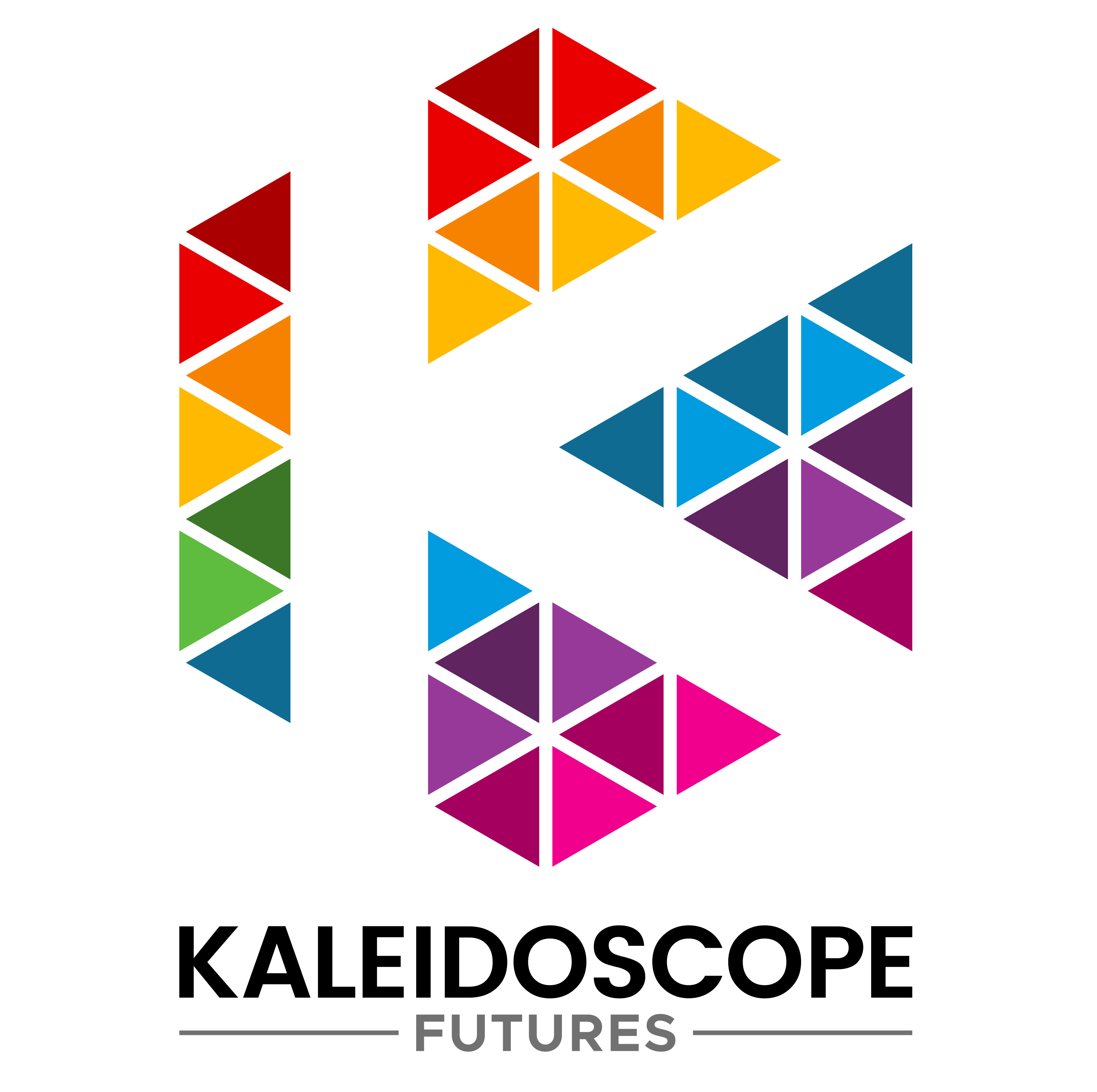Understanding Multi-capital Value
The Evolution of Value Series - Part 4, by Wayne Visser
In reaction to shareholder value and inspired by the social, environmental and stakeholder movements, the 1990s saw the emergence of “new economics.” In fact, we can go back further to the early pioneer economists, such as E.F. Schumacher and his landmark Small is Beautiful book in 1973, subtitled “economics as if people mattered,”[i] and Kenneth Boulding who wrote about the “cowboy economy” – where resources are assumed to be infinite, like the open plains of the Wild Western Frontier. Boulding contrasted this with the call for a “spaceship economy,” where production and consumption are designed in a closed recycling system with finite resources.[ii]
Building on these foundations, former World Bank economist Herman Daly set out a comprehensive intellectual framing of new economics in his 1989 book For the Common Good (together with John Cobb).[iii] One of his most enduring contributions was the design of the Index for Sustainable Economic Welfare (ISEW), which adjusts economic growth (measured by Gross Domestic Product, or GDP) to take into account the externalities it creates, such as the positive and negative impacts of economic activity on health, education, resources and ecosystems. Comparisons between GDP and the ISEW show that, for many countries, while economic growth has risen steadily for decades, quality of life has stalled or even declined since the 1970s, especially in high income countries.
Chilean economist, Manfred Max-Neef, sometimes known as the ‘barefoot economist’ for his work among poor communities in Latin America, brought a nuanced perspective to Daly’s findings on economic growth.[iv] In his ‘threshold hypothesis’, he argued that in developing countries, traditional economic growth is strongly correlated with social development. But every country reaches a certain threshold of wealth, when the societal costs of more economic activity start to outweigh the benefits. Subsequent measures like the Genuine Progress Indicator and the Social Progress Index add strong evidence in support of Max-Neef’s proposition.
In 1992, British economist Paul Ekins distilled these ideas into a four-capitals model, arguing that we need to go beyond neoclassical economics’ focus on financial capital and manufactured capital to include social capital (including effective institutions, trust and labour) and natural capital (with ecosystems as sources of raw materials and sinks for absorbing waste).[v] Subsequently, Jonathon Porritt, founder of Forum for the Future in the UK, extended this to five-capitals (adding human capital), and the International Integrated Reporting Council (IIRC) added a sixth, intellectual capital.[vi]
The IIRC’s definition of the six interrelated capitals, included in its Integrated Reporting Framework, gives a comprehensive insight into multi-capital value and is worth unpacking briefly. According to the six capitals model:
Financial capital includes the pool of funds that is available to an organisation for use in the production of goods or the provision of services, and obtained through financing, such as debt, equity or grants, or generated through operations or investments.
Manufactured capital includes manufactured physical objects (as distinct from natural physical objects) that are available to an organisation for use in the production of goods or the provision of services, including: buildings, equipment, and infrastructure (such as roads, ports, bridges, and waste and water treatment plants).
Intellectual capital includes organisational, knowledge-based intangibles, including: intellectual property, such as patents, copyrights, software, rights, and licences; “organisational capital” such as tacit knowledge, systems, procedures and protocols; and intangibles associated with the brand and reputation that an organisation has developed.
Human capital includes people’s competencies, capabilities and experience, and their motivations to innovate, including their: alignment with and support of an organisation’s governance framework, risk management approach, and ethical values; ability to understand, develop and implement an organisation’s strategy; and loyalties and motivations for improving processes, goods and services, including their ability to lead, manage and collaborate.
Social and relationship capital includes the institutions and the relationships within and between communities, groups of stakeholders and other networks, and the ability to share information to enhance individual and collective wellbeing. Social and relationship capital includes: shared norms, common values and behaviours; key stakeholder relationships, and the trust and willingness to engage that an organisation has developed and strives to build and protect with customers, suppliers, business partners, and other external stakeholders; and an organisation’s social licence to operate.
Finally, natural capital includes all renewable and non-renewable environmental resources and processes that provide goods or services that support the past, current or future prosperity of an organisation. It includes: air, water, land, minerals and forests; and biodiversity and ecosystem health.
Enlarging the concept of capital makes a lot of sense. If you look at the definition of capital, it typically refers to an asset which holds a store of value that it releases over time. Money and machines are obvious examples, but it is clear that social institutions like the political system, justice mechanisms and cultural traditions also deliver value over decades or even centuries and millennia. Similarly, stocks of natural resources, including oil, metals, wood and ground water, as well as ecosystem services such as climate regulation, water purification, pollination by bees, birds and butterflies, and production of oxygen and absorption of carbon by forests – all of these are also repositories of value that release a steady stream of benefits.
[i] Schumacher, E.F. (1973). Small is beautiful: economics as if people mattered. New York: Harper & Row, 1973.
[ii] Boulding, K.E. (1966). The economics of the coming spaceship earth. In: Jarrett, H. (ed.) Environmental Quality in a Growing Economy, Resources for the Future. Baltimore: Johns Hopkins University Press, 3-14.
[iii] Daly, H.E., Cobb, J.B. (1989). For the common good: redirecting the economy toward community, the environment, and a sustainable future. Boston: Beacon Press.
[iv] Max-Neef, M. (1992). From the outside looking in: experiences in ‘barefoot’ economics. London: Zed Books.
[v] Ekins, P., Hillman, M. & Hutchinson, R. (1992). Wealth beyond measure: an atlas of new economics. London: Gaia Books.
[vi] Porritt, J. (2007). Capitalism as if the world matters. London: Earthscan.

